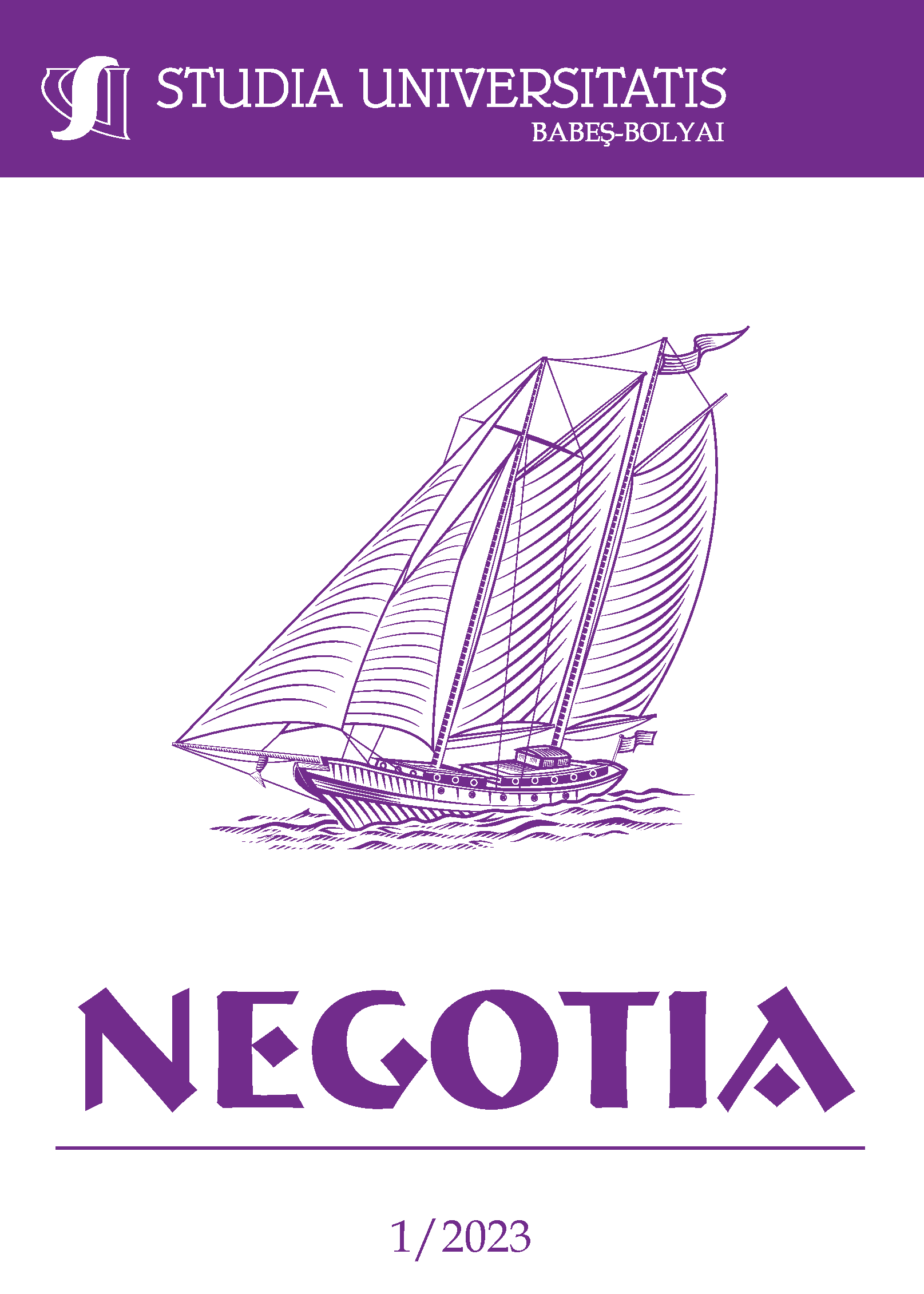THE ROLE OF SELF-ESTEEM IN THE BUYING DECISION PROCESS. A THEORETICAL APPROACH
DOI:
https://doi.org/10.24193/subbnegotia.2023.1.04Keywords:
self-esteem, consumer behaviour, extended self, buying processAbstract
Within the consumer behaviour literature, there are few studies in the consumer behaviour literature dealing with the relationship between consumer self-esteem and its role in the buying decision process. This paper explores the influence of self-esteem throughout the five stages of the consumer buying decision process. The first aspect for consideration is getting a clear picture of the definition and dimensions of self-esteem. The second element of the study concerns the five stages of the decision-making process, with special focus on how the process takes place depending on the level of self-esteem. The results show that impulse purchasers have more often than not a low level of self-esteem and do not go through the stages of the decision-making process in the usual way. With respect to managerial implications, the study indicates that organizations have to pay more attention to customer self-esteem when making customer segmentation, as, at the moment, the focus is only on demographic differences (age, gender, background, education) which do not always provide sufficient information. The evidence shows that self-esteem plays an increasing role in explaining consumer behaviour and sheds light on how individuals make decisions which mould their existence.
Article history: Received January 31, 2023; Reviewed February 27, 2023; Accepted March 10, 2023; Available online March 30, 2023; Available print April 30, 2023.
JEL Classification: M30, M31
References
Aaker, J. (1997). Dimensions of Measuring Brand Personality. Journal of Marketing Research, 347-356: 10.2307/3151897.
Aaker, J. L. (1999). The Malleable Self? The Role of Self-Expression in Persuasion. Journal of Marketing Research, 36, 45-57:
2307/3151914.
Bejan, B. M. (2019). Self-Esteem Measurement - A Critical Review. Global Journal of Emerging Trends in e-Business, Marketing and Consumer Psychology, 5(1), 630-641.
Campbell, J. D., & Lavallee, L. F. (1993). Who Am I? The Role of Self-Concept Confusion in Understanding the Behavior of People with Low Self-Estem. În R. F. Baumeister, Self-Esteem: The Puzzle of Low Self-Regard (pg. 3-20). New York: Plenum Press.
Evans, M., Jamal, A., & Foxall, G. (2009). Consumer Behaviour (ed. Second). West Sussex: John Wiley & Sons Ltd.
Häfner, M. (2004). How Dissimilar Others May Still Resemble the Self: Assimilation and Contrast After Social Comparison. Journal of Consumer Psychology, 14(1 & 2), 187-196: 10.1207/s15327663jcp1401&2_21.
James, W. (1893). Principles of Psychology (Vol. 2). Cambridge: MA: Harvard University Press.
Kotler, P., & Armstrong, G. (2018). Principles of Marketing (ed. Seventeenth Edition). Harlow: Pearson Education Limited.
Kotler, P., & Keller, K. L. (2012). Marketing Management (ed. 14e). Edinburgh Gate: Pearson Education Limited.
Maslow, A. H. (1943). A Theory of Human Motivation. Psychological Review, 50, 370-396: 10.1037/h0054346
Mittal, B. (2014). Self-Concept Clarity: Exploring Its Role in Consumer Behavior. Journal of Economic Psychology, 46, 98-110: 10.1016/j.joep.2014.11.003.
Onkvisit, S., & Shaw, J. (1987). Self-Concept and Image Congruence: Some Research and Managerial Implications. Journal of Consumer Marketing, 4, 13-24: 10.1108/eb008185.
Phau, I., & Chang-Chin, L. (2004). Profiling fashion innovators - A study of self-concept, impulse buying and Internet purchase intent. Journal of Fashion Marketing and Management, 8, 399-411: 10.1108/13612020410559993.
Plăiaș, I. (2011). Comportamentul Consumatorului. Cluj-Napoca.
Reed, A., Forehand, M. R., Puntoni, S., & Warlop, L. (2012). Identity-based Consumer Behavior. International Journal of Research in Marketing, 29(4), 310-321: 10.1016/j.ijresmar.2012.08.002
Rucker, D. D., Dubois, D., & Galinsky, A. D. (2011). Generous Paupers and Stingy Princes: Power Drives Consumer Spending on Self Versus Others. Journal of Consumer Research, 37(6), 1015-1029: 10.1086/657162.
Schiffman, L. G., & Wisenblit, J. L. (2015). Consumer Behavior (ed. Eleventh Edition). Edinburgh.
Downloads
Published
How to Cite
Issue
Section
License
Copyright (c) 2023 Studia Universitatis Babeș-Bolyai Negotia

This work is licensed under a Creative Commons Attribution-NonCommercial-NoDerivatives 4.0 International License.



